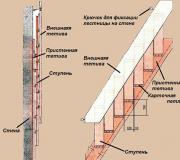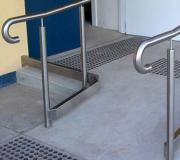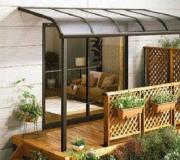We build a wooden staircase to the second floor of the house with our own hands
Anyone who decides to build a house with at least two floors will definitely face the problem of making stairs. You can, of course, buy a ready-made kit, but this is a rather expensive way to solve the problem. The services of professional masters are even more expensive. To get a really decent option, you will have to pay an amount commensurate with the cost of a part of the house. Therefore, most self-taught builders decide to build an interfloor structure on their own.
An inexperienced craftsman should not try to build a complex structure, the manufacture and installation of which is expensive and material-intensive. But a simpler option, for example, a straight wooden staircase without risers will be possible even for an amateur.
Of course, in order for the product to turn out to be of high quality, and the construction was not very expensive, you first need to figure out what types of stairs are and the basic principles of their assembly. And also to purchase materials and tools. And now everything is in order.
Choosing material and design
Wood is considered the easiest material to process. And if you follow the elementary rules, then the ladder will last a very long time.
What kind of wood to use
Beech. There is wood with light grayish or reddish-yellow hues. The tree has a weak structure, mediocre strength and is subject to external factors. For example, beech is sensitive to fluctuations in humidity and even expands at high values. Therefore, beech stairs should be placed inside well-heated rooms. The competitiveness of this variety is explained by the low price;
Spruce. The low cost makes spruce a very popular raw material. The texture of the wood is uniform, has a light color. Spruce is not affected by external factors;
Oak. Solid wood with a beautiful pattern in light yellow. It is believed that solid oak stairs are the strongest and most durable, which, of course, affects the cost: it is one of the highest in the segment;
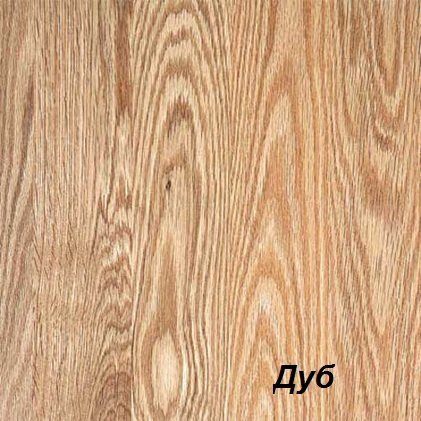
Larch has a golden or dark yellow tint with light brown streaks. The material is remarkably durable. The breed is resistant to mechanical stress and aging: it is not afraid of rot or moisture. The cost is above average.
Ash It has a light shade and a characteristic fiber structure. Making stairs from this type of wood is a pleasure: ash is easily processed and bent, and strength exceeds oak. The influence of external factors is minimal;
Maple has increased strength, which is due to the absence of pores. Wood does not absorb moisture, which allows you to place products on the street. However, because of this, the processing of wood with protective compounds causes many difficulties. The output is durable, reliable and very expensive stairs made of solid wood.
Preparation of components
We make a list of everything you need. To assemble a wooden staircase, you will need the following parts and assemblies:
- steps; it is possible to choose them in the size that is needed specifically for your project, and thereby simplify our further work, we take a step 1 meter wide;
- galvanized corner for fastening steps;
- self-tapping screws 40 mm;
- string for stairs; since we have one span, we need 2 pieces, keep in mind that this is the largest part of the structure, so it’s better to buy it in the nearest store;
- other components: balusters, handrails, pillars;
- materials for wood processing: varnish and stain.
A set for a wooden marching staircase will cost a relatively small amount, approximately 10 thousand rubles.
Anyone who has the appropriate tools and skills will save a lot by making all the necessary elements on their own. If there are no tools and there is not enough experience, then accessories for stairs can be purchased at any building market.
How to make calculations and drawing
First of all, it is necessary to make a calculation of the stairs - to determine the number of steps and their dimensions. It is equally important to correctly calculate the dimensions of the stairwell. If you want the product to be comfortable and safe, the calculations must be made in the most careful way.
Video: how to calculate a staircase made of wood
To make it easier for you to find all dimensions, use simple drawings. It is very important to have an idea of how the finished product will look like and how it will fit into the interior design. And only after careful design, proceed to construction.
Wooden stairs on bowstrings look very neat due to the fact that the ends of the steps do not look out, but are covered by a supporting element.
Making a wooden staircase with your own hands
The manufacturing technology is quite simple. The most important thing is to fit all the details well to each other so that there are no gaps. Thus, the design will turn out to be rigid and will not creak. The most time-consuming operation is cutting the bowstring. The better the cut is made, the smoother the flight of stairs will turn out.
Making a bowstring
To make a bowstring, you have to sweat a lot. The bowstring is quite massive: 60 by 300 mm in cross section, so it will be difficult to cut it manually. To make even cuts, use the guide bar, which must be pressed against the previously marked saw line, as shown in the photo. With a certain skill and patience, the cuts are quite even. To avoid skewing the steps, the bowstrings should be as uniform as possible. It is recommended that you first make one, and then mark and cut the second one along it. Each stair string is sanded and set in place.
To perform cuts, you should get a sharpened hacksaw with fine teeth, otherwise, there is a chance to hopelessly ruin the bowstring. The cuts that will face the floor can be made with a two-handed saw. Small chips must be carefully sanded. With apparent complexity, it is quite possible to make a bowstring on your own.
Step fixing
The assembly of the stairs begins with the marking of the steps. In accordance with the calculations and the drawing, we outline the places for installing the steps. Be sure to use a level to check the horizontal lines. To avoid mistakes, first mark the place where the steps are attached to one bowstring. Then install the stage and check the level. Only after that mark the step on the other bowstring. It is not worth fixing the steps right away, otherwise, in case of an error, the holes from the self-tapping screws may be in the most noticeable place.
Mark the places for the steps in the manner described above, starting from the bottom and going up to the very top of the flight of stairs. Check if the last step is at the same height as the others. If necessary, make adjustments to the markup. After making sure that the ladder is marked correctly, proceed to attaching the steps to the bowstring.
We mount the corners on the drawn lines with the help of self-tapping screws and install steps on them, which we also fix with self-tapping screws from below. Practice shows that at least 4 self-tapping screws are needed for each metal corner for a step. And in order for the staircase to never creak, it is better to increase their number. So we made a flight of stairs.
We install the railing
To properly install the railing, you need to take seriously the process of preparing the balusters. They must be sawn off at exactly the same angle, which is quite difficult to do manually, because there are already 12 of them. There is a high probability of error. Therefore, you should use a special machine that is able to cut a beam of small thickness at a given angle.
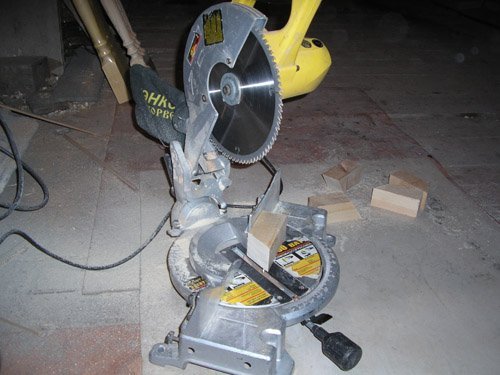

As an alternative, you can buy a set of ready-made stainless steel railings, the installation of which is extremely simple and comes down to assembling the prepared parts.
We fasten the pole to the floor with hardware. This is quite enough, but if you want, you can additionally screw it to the bowstring. A groove is first made in the column, into which the end of the bowstring is inserted.
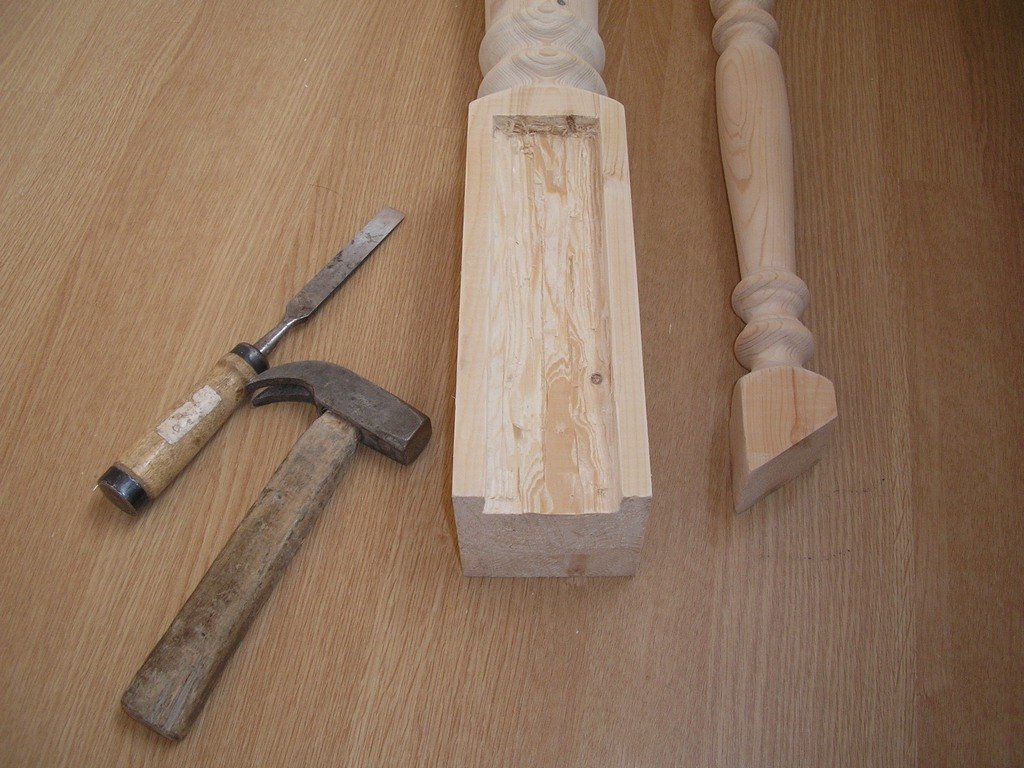

The question often arises of how to properly install the balusters on the bowstring and attach the wooden handrail. As a rule, dowels are used for this, which are coated with glue. It is also possible to cut steel rods with a diameter of 5 mm and a length of at least 8 cm from ordinary nails. The effect will be the same.
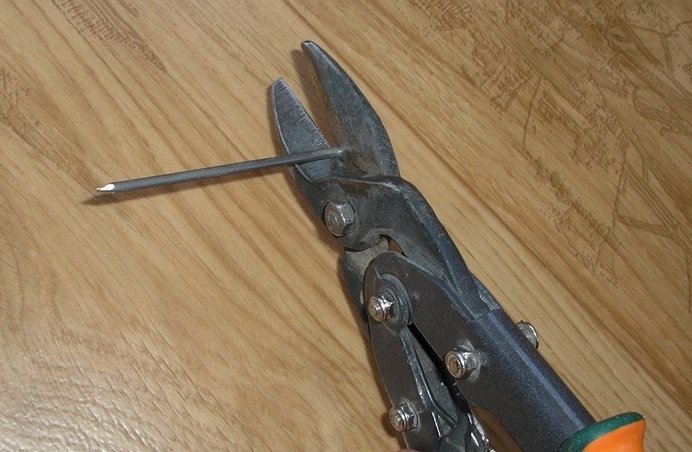

In the bowstring, balusters (on both sides) and in the handrail, it is necessary to drill recesses with a diameter slightly smaller than the diameter of the rods. Then the structure is mounted on pins and fixed with self-tapping screws.
The next stage of installation is the installation of handrails. Attach the lower end to a pole, the upper end to a wall or again to a pole. Remember that the main load falls on these places, so you need to fix it soundly.
We can say that the work ends here. It remains only to apply a protective coating. depends on several factors, such as the location of the product, its purpose, patency and other performance characteristics.
- In conclusion, it must be added that wooden stairs for the house, first of all, should be comfortable. The most comfortable is the height of the step up to 22 cm, the depth is not less than 25 cm, but not more than 40 cm. These dimensions must be selected so that the upper step coincides in level with the floor of the second floor;
- If a flight of stairs ends with a door, then a platform must be provided, the width of which is sufficient so that this door can be freely opened;
- Even for the sake of saving space, one should not make the flight of stairs too steep, because, first of all, the structures must be safe.


